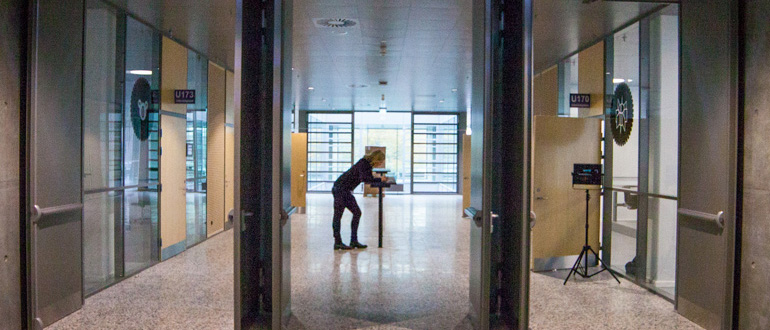Summary
In this research report, the Danish Institute of Rural Research and Development (IFUL) examines the diffusion of broadband and its impact on the development of activities in rural areas.
The report is the first of two reports illustrating the status and development tendency in Europe of using broadband in rural areas as regards to content. The report is based on the broadband conference 'Bridging the Broadband Gap' which took place in Brussels on 14 and 15 May 2007.
Broadband technology constitutes the basic structure for an information society. Denmark is among the leading countries in using broadband technology (one third of Danish population had broadband in 2006, double as many as in EU 25). Nevertheless, there is a digital gap between urban and rural areas both in Denmark and within the EU. This gap has significant social and economic consequences for rural development, i.e. development in rural and remote rural areas. Although the gap is not as distinct in Denmark as in the rest of the EU, there is a significantly lower intake of DSL-technologies in rural areas than in the cities (in 2006 in Denmark more than 18%, but in rural areas only 13%, and in EU 25 13% and 11%, respectively). Furthermore, there is a trend towards less broadband speed in rural areas. Denmark is also somewhat lagging behind in what concerns actual use of activities requiring broadband connections such as telephone, video conference, web TV, radio, games and music.
For example, this report mentions competitive obstacles as a cause for the poor diffusion of broadband in rural areas. To increase the interest of suppliers of broadband in these areas, barriers to further diffusion can be removed by letting the public sector place various kinds of infrastructure at the disposal of suppliers, for example cable systems, radio spectrums, etc. This should be done, however, without seriously disturbing open competition. Furthermore, the interest among rural purchasers can be stimulated by preparing new broadband installation and letting public organizations play a more active role in the promotion of broadband technology. According to the EU, the overall task in the coming years is thus to develop the content side in order to stimulate more demand, not least among rural purchasers of broadband technology.
A number of European projects concerned with broadband technology have demonstrated their positive effect on rural and regional/local development. Based on four cross-disciplinary themes (e-learning, e-public, e-health and e-business), the projects demonstrate the many advantages citizens, companies and regions may achieve by using broadband technology to a higher extent than they have done hitherto. These advantages are compared in the figure below:
|
5 CONTENT THEMES |
RURAL ADVANTAGES | ||
|
Citizens |
Company |
Region | |
|
e-Learning |
Competency development |
Qualified labour |
Socio-economic stability |
|
e-Public |
Inclusion |
Resources Optimization |
Connectedness |
|
e-Health |
Quality of life |
Stable labour force and base |
Security |
|
e-Business |
Teleworking |
Global network |
Recruiting & Keeping |
|
=> |
Territorial attractiveness | ||
